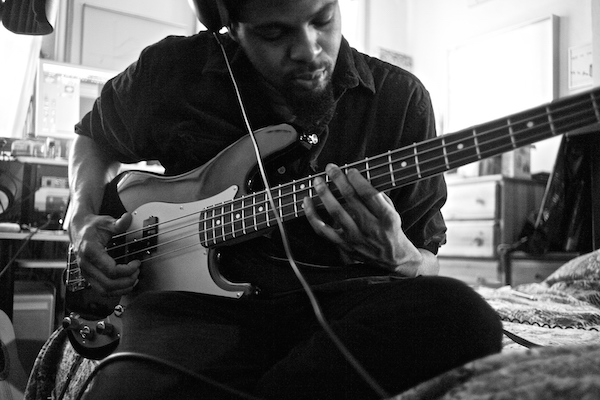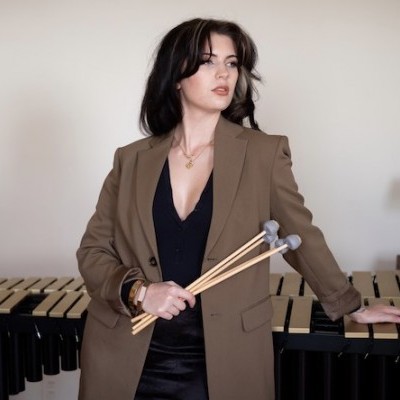Jun 3, 2025 11:25 AM
In Memoriam: Al Foster, 1943–2025
Al Foster, a drummer regarded for his fluency across the bebop, post-bop and funk/fusion lineages of jazz, died May 28…

Bassist Luke Stewart is among the 25 artists DownBeat thinks will help shape jazz in the decades to come.
(Photo: TSE)The very act of identifying Luke Stewart’s latest project is exhausting. Rarely is there just one.
The prolific bassist began building an international reputation in 2014, when he became a member of tenor saxophonist James Brandon Lewis’ working trio. By that time, however, he was well established as both an artist and a presenter in Washington, D.C., where he arrived at age 19. Gifted and determined, Stewart began to shape the city’s artistic landscape. A cofounder of the jazz advocacy organization CapitalBop, he helped to create a thriving independent scene for jazz and experimental music in a metropolis that didn’t have the institutional infrastructure of New York, Chicago or New Orleans.
Though all his recording projects—including the recent leader date Exposure Quintet (Astral Spirits)—involve free improvisation, they are remarkably diverse. But Stewart doesn’t recalibrate his approach each time out. For him, the new setting provides the direction.
“I want to be totally present for each band,” he said. “Each band is different, and my role in each is different. So, of course I’m going to think about them all differently. If there’s an overriding theme, it might be just following the music.”
That’s not to say that Stewart has no set aesthetic principles. In fact, Exposure Quintet embodies a primary one. All five of its tracks are his compositions, in the sense that he organized them—but he did so by picking out themes, motifs and other frameworks from recordings of the band’s improvisations. The goal is to dissolve the barriers between composer and improviser, especially those that assign greater value to one than the other.
If there’s a hint of the revolutionary in Stewart’s talk of abolishing hierarchies, that’s no coincidence, considering his views on sociopolitical issues in 2020: “During this time, everything’s up for review—even the fundamental basis of how we perceive music, and some of the oppressive influences that have been imposed on those perceptions.” DB
This story originally was published in the November 2020 issue of DownBeat. Subscribe here.

Foster was truly a drummer to the stars, including Miles Davis, Sonny Rollins and Joe Henderson.
Jun 3, 2025 11:25 AM
Al Foster, a drummer regarded for his fluency across the bebop, post-bop and funk/fusion lineages of jazz, died May 28…

“Branford’s playing has steadily improved,” says younger brother Wynton Marsalis. “He’s just gotten more and more serious.”
May 20, 2025 11:58 AM
Branford Marsalis was on the road again. Coffee cup in hand, the saxophonist — sporting a gray hoodie and a look of…

“What did I want more of when I was this age?” Sasha Berliner asks when she’s in her teaching mode.
May 13, 2025 12:39 PM
Part of the jazz vibraphone conversation since her late teens, Sasha Berliner has long come across as a fully formed…

Roscoe Mitchell will receive a Lifetime Achievement award at this year’s Vision Festival.
May 27, 2025 6:21 PM
Arts for Art has announced the full lineup for the 2025 Vision Festival, which will run June 2–7 at Roulette…

Benny Benack III and his quartet took the Midwest Jazz Collective’s route for a test run this spring.
Jun 3, 2025 10:31 AM
The time and labor required to tour is, for many musicians, daunting at best and prohibitive at worst. It’s hardly…